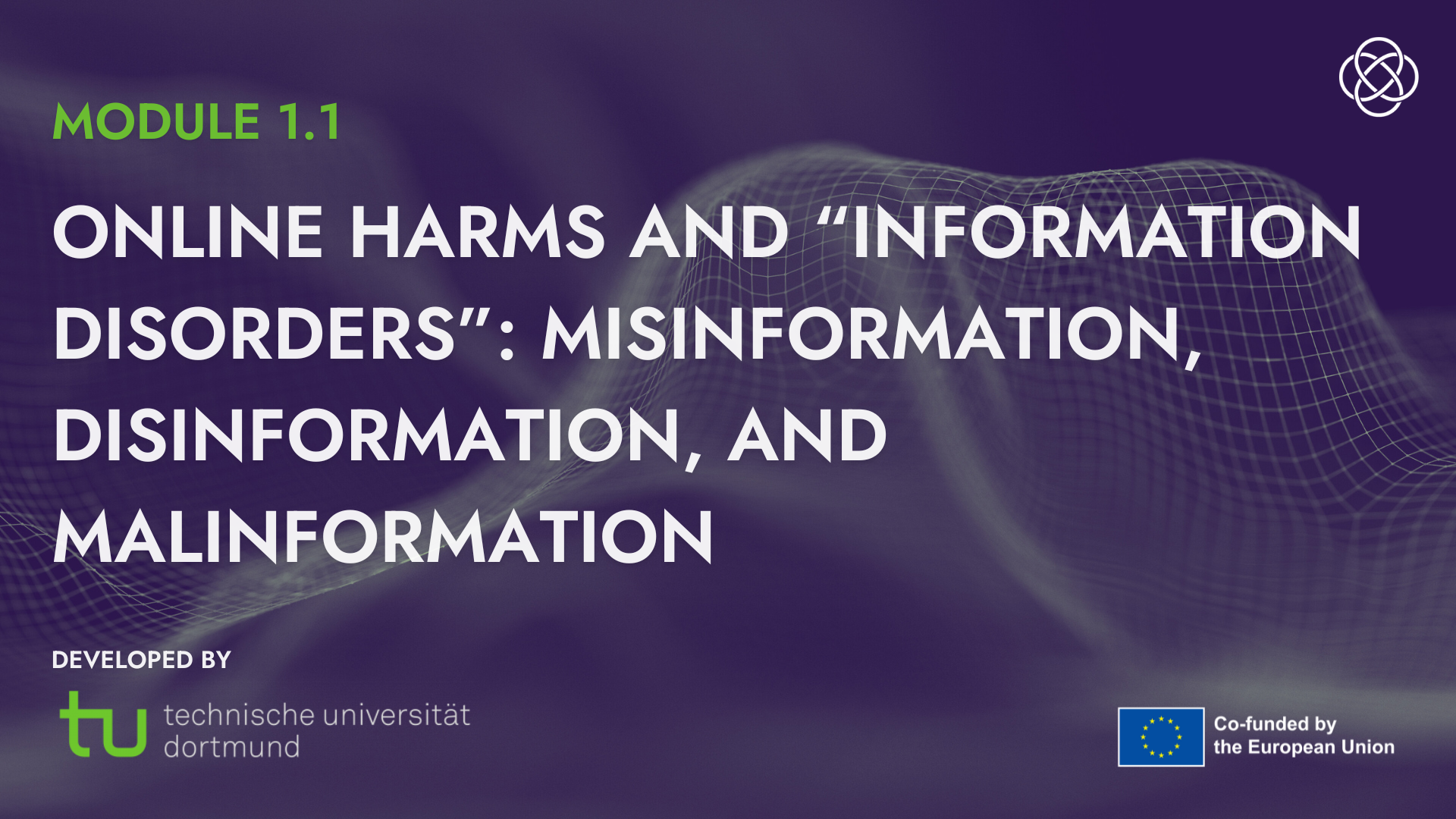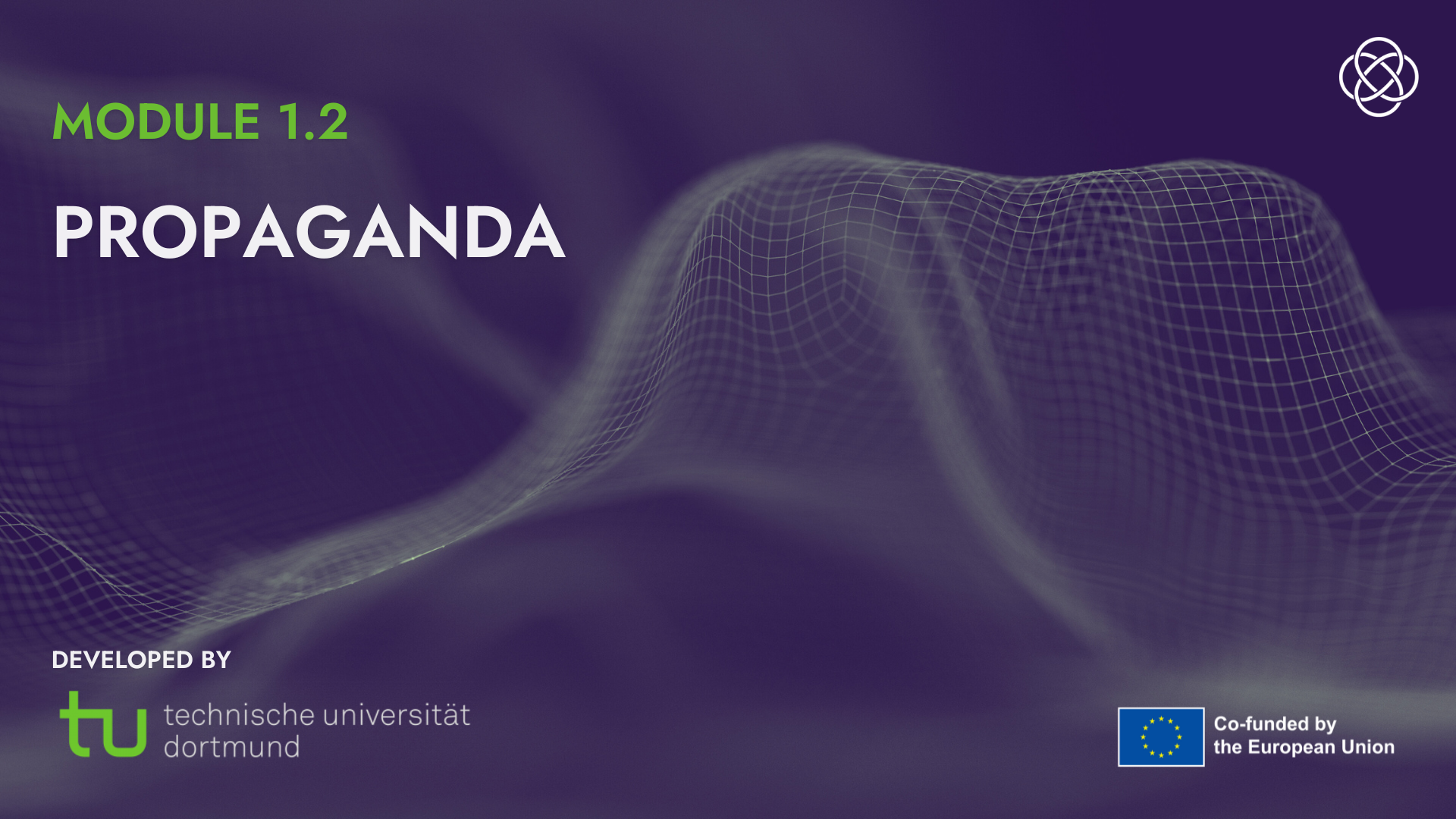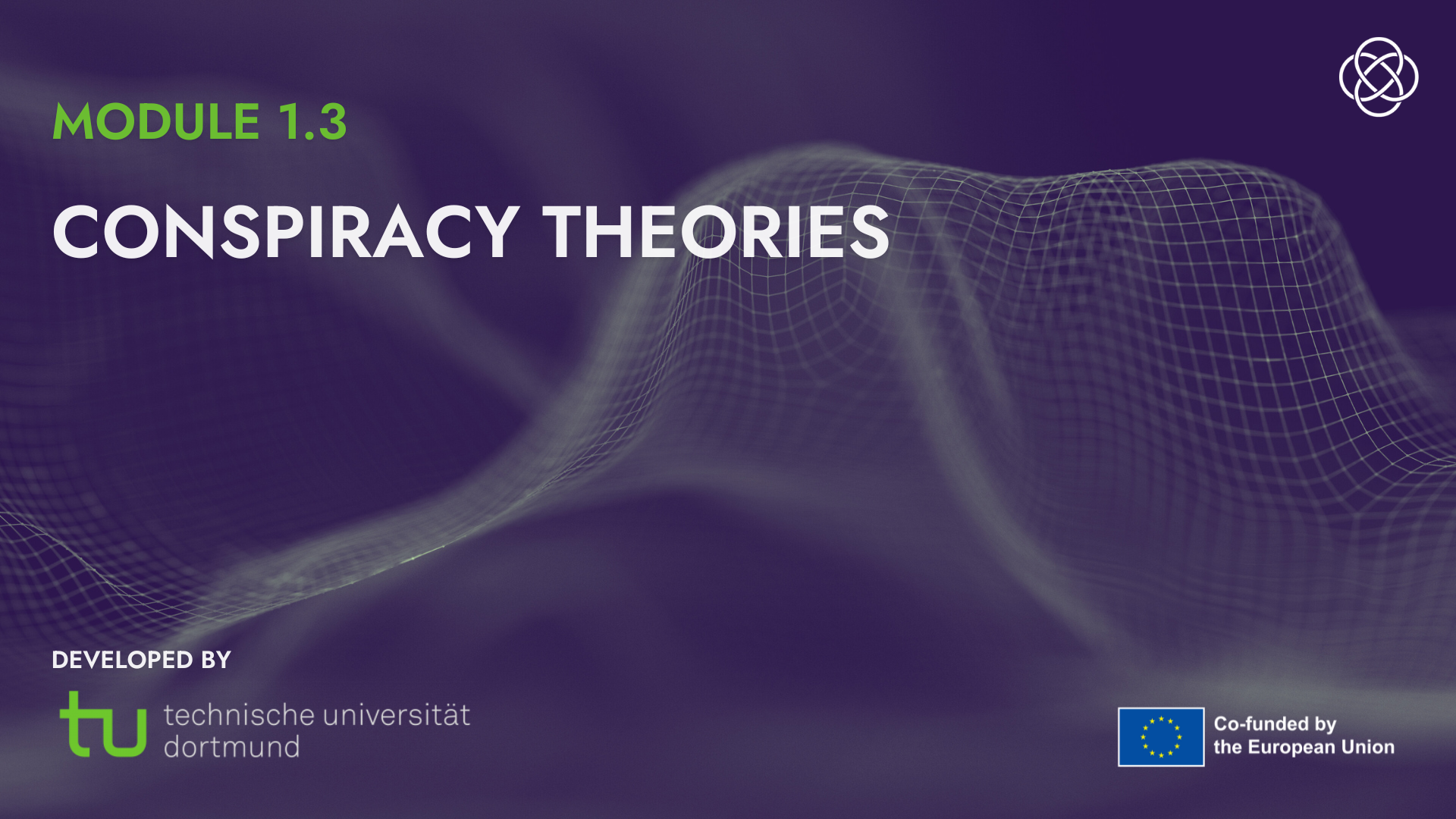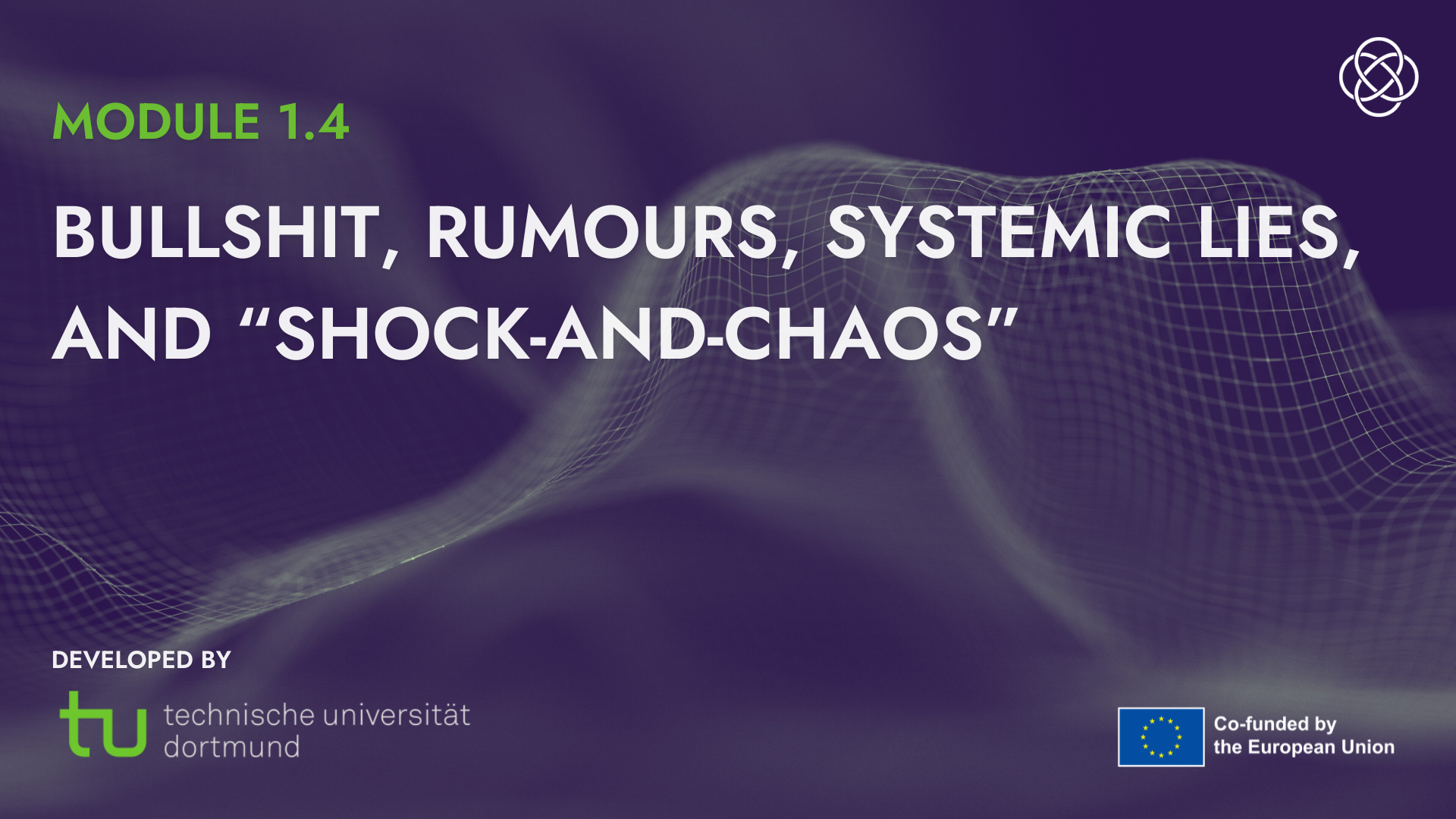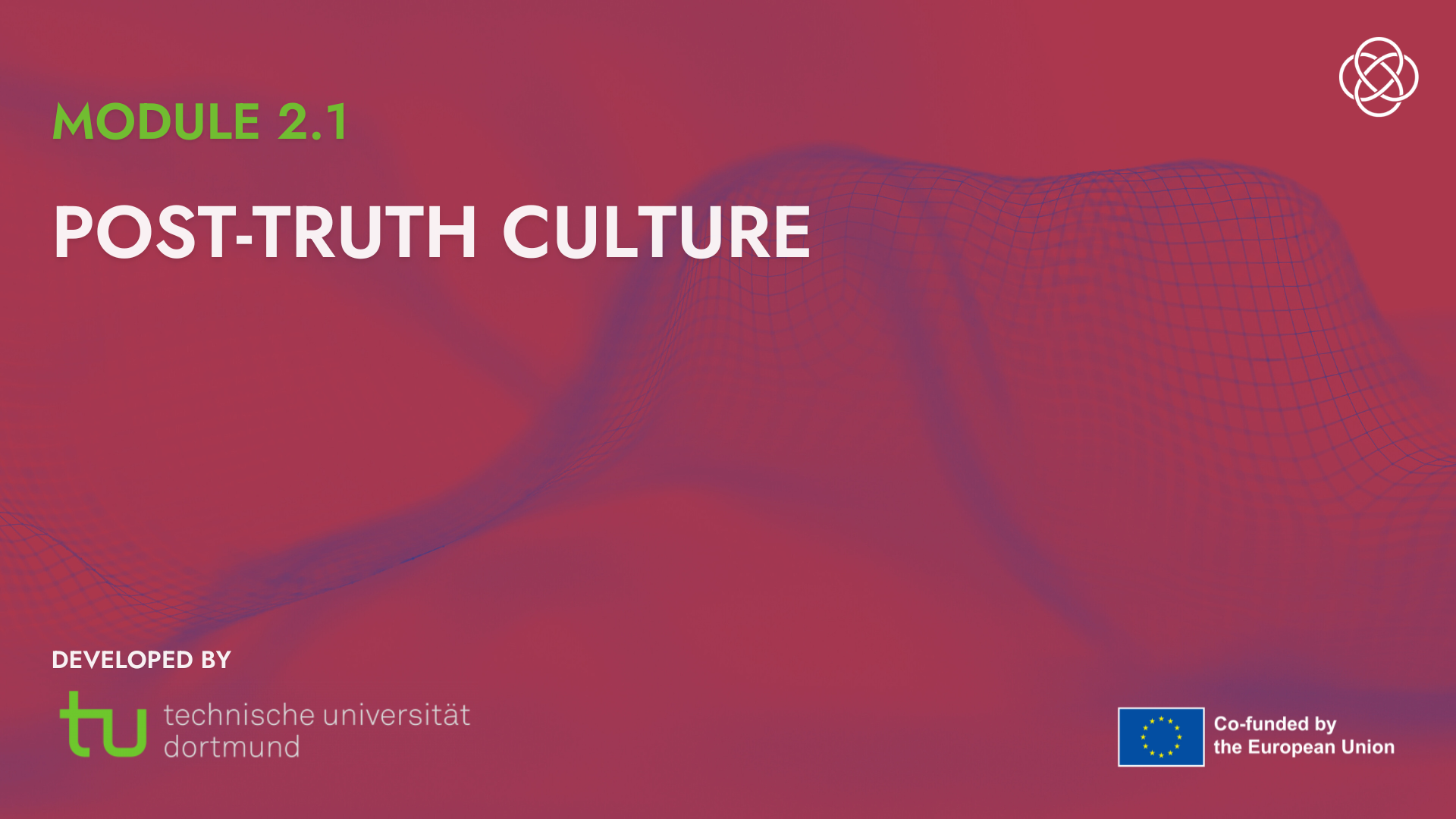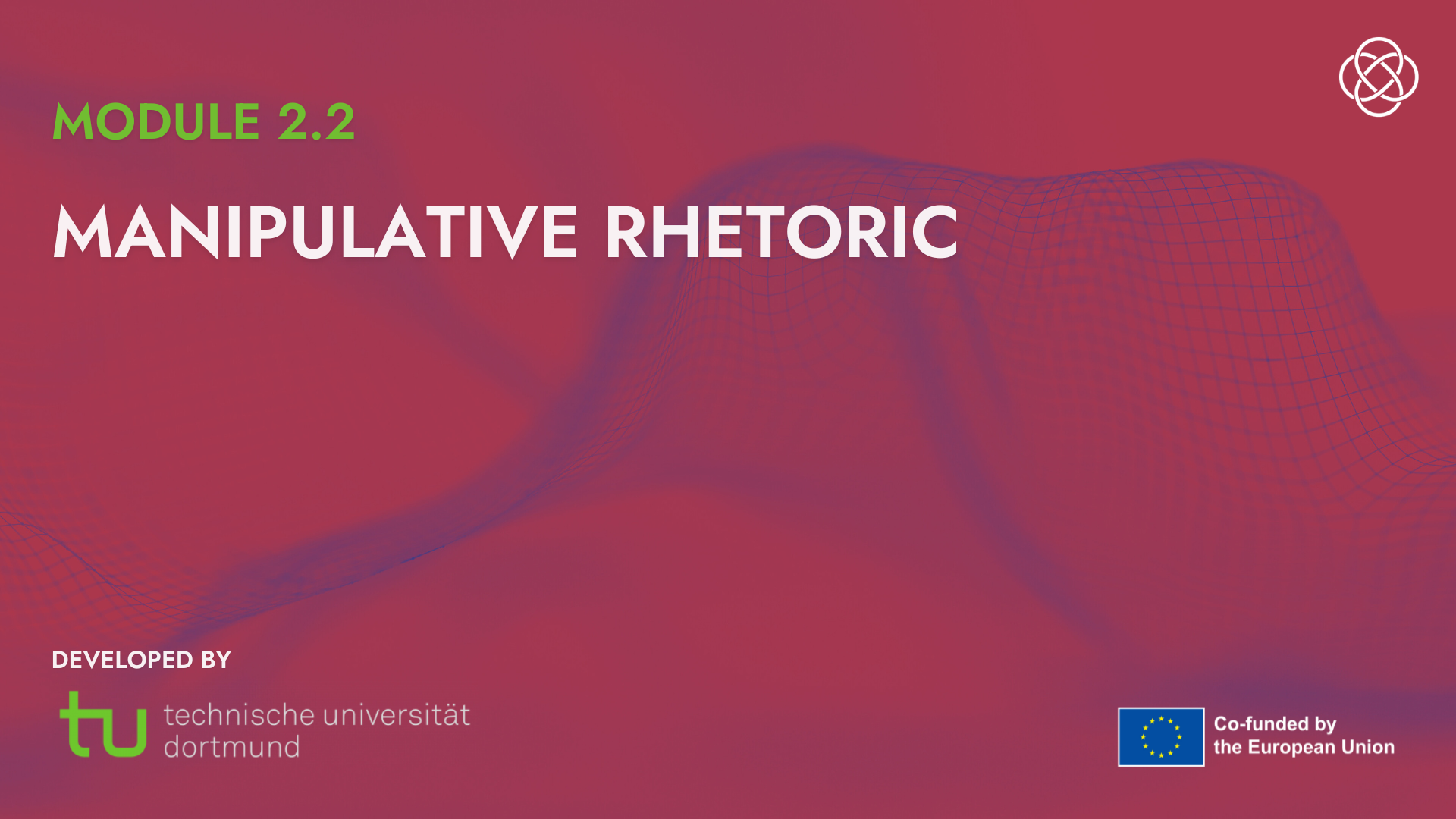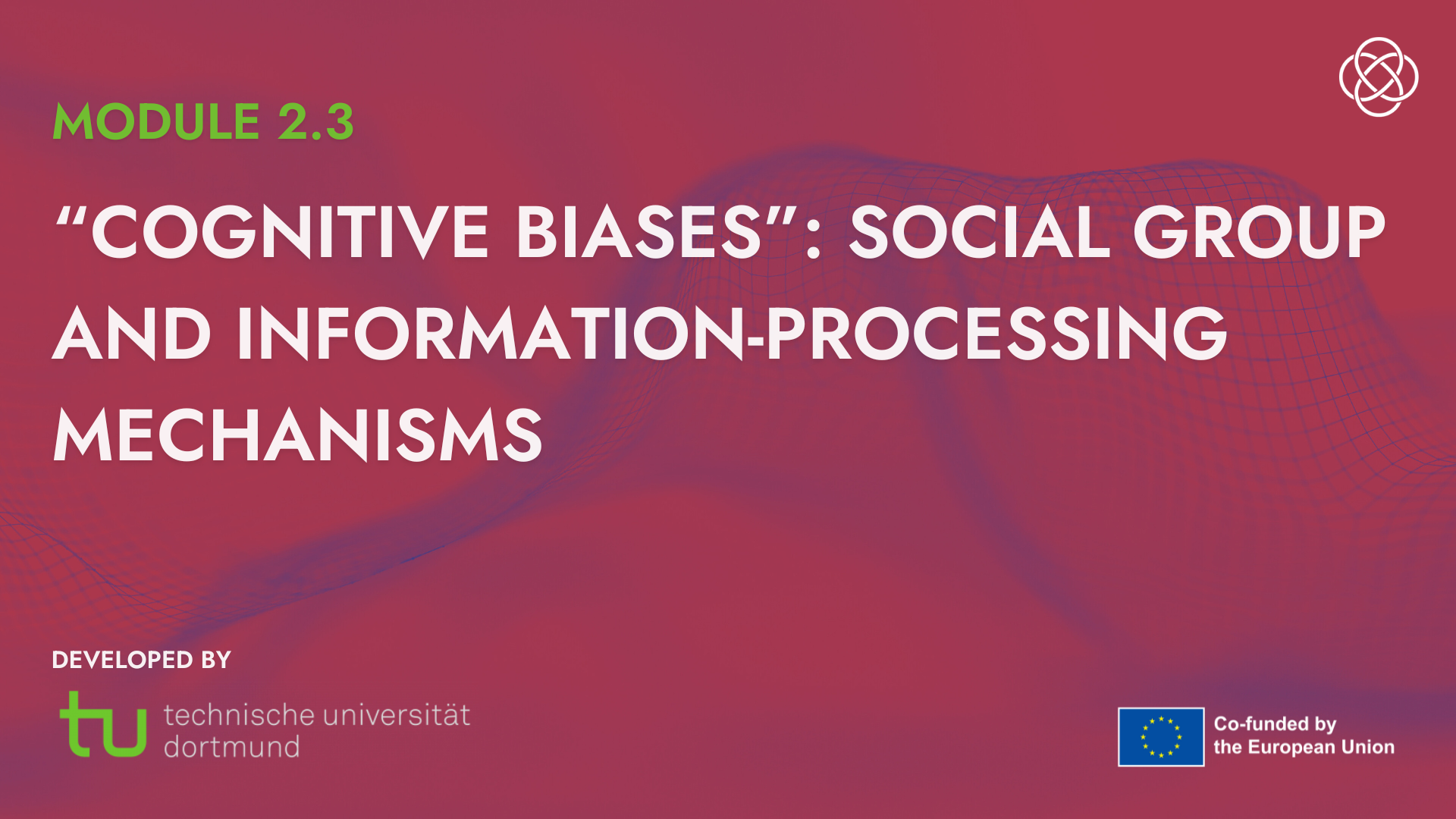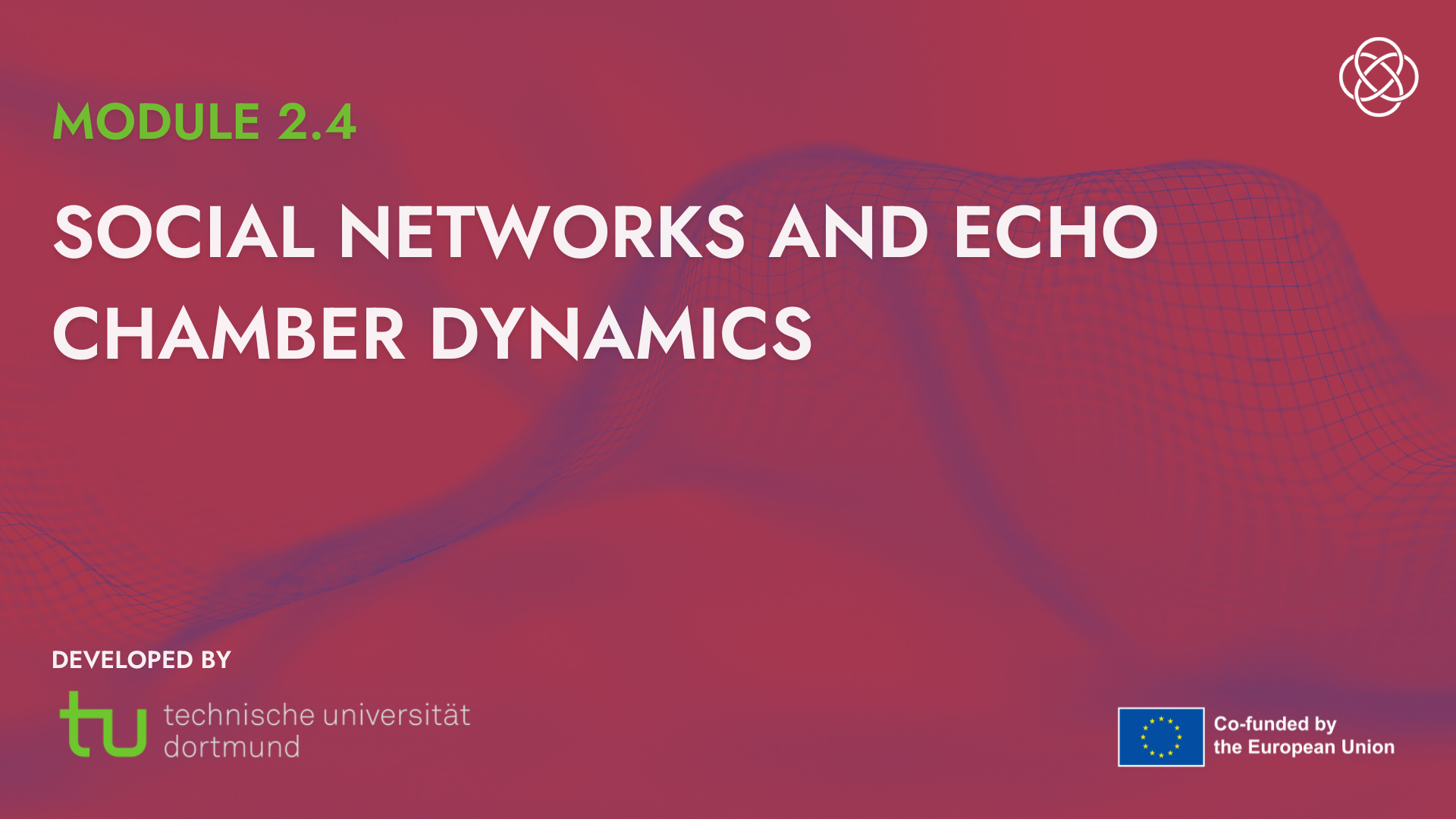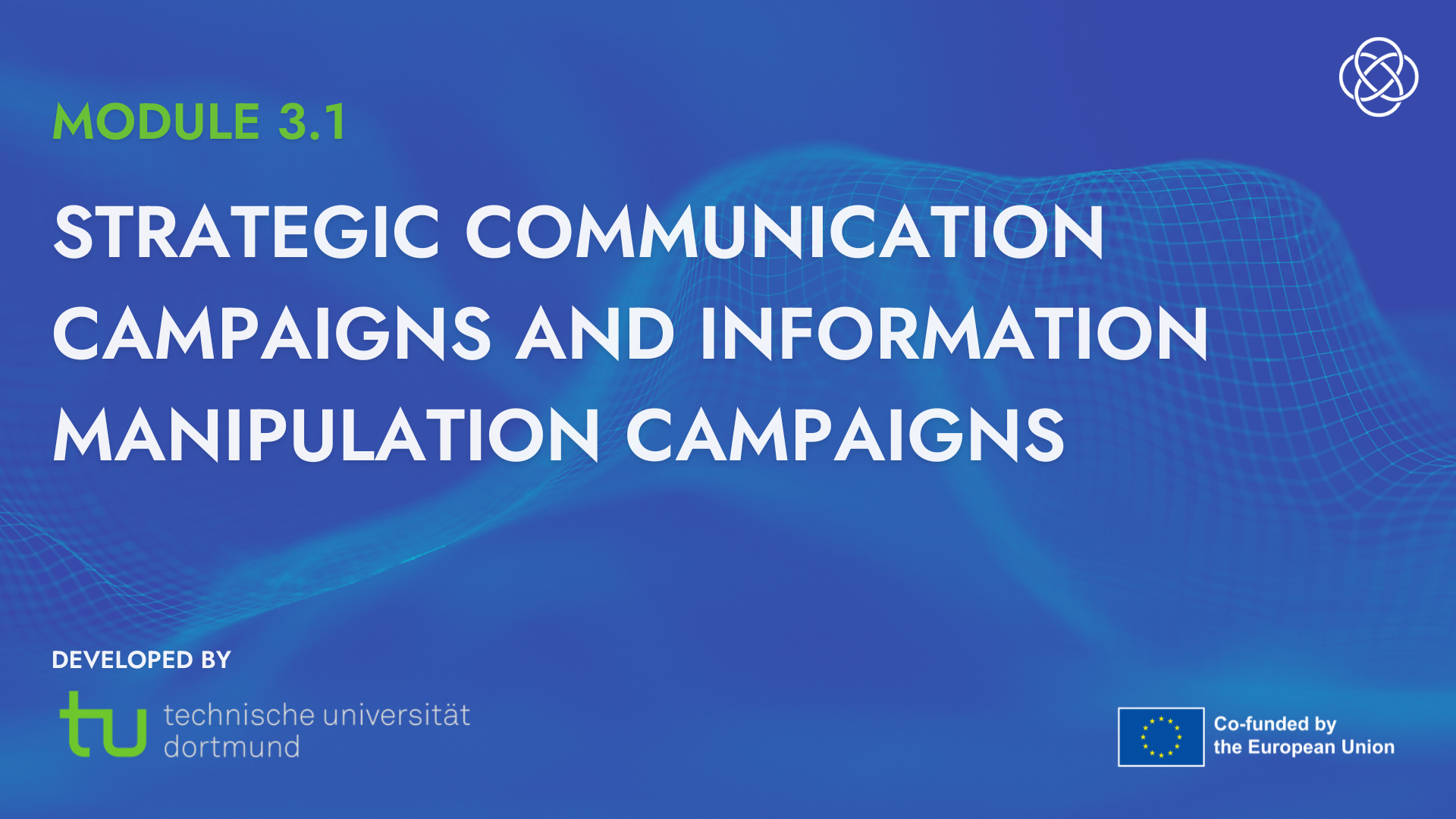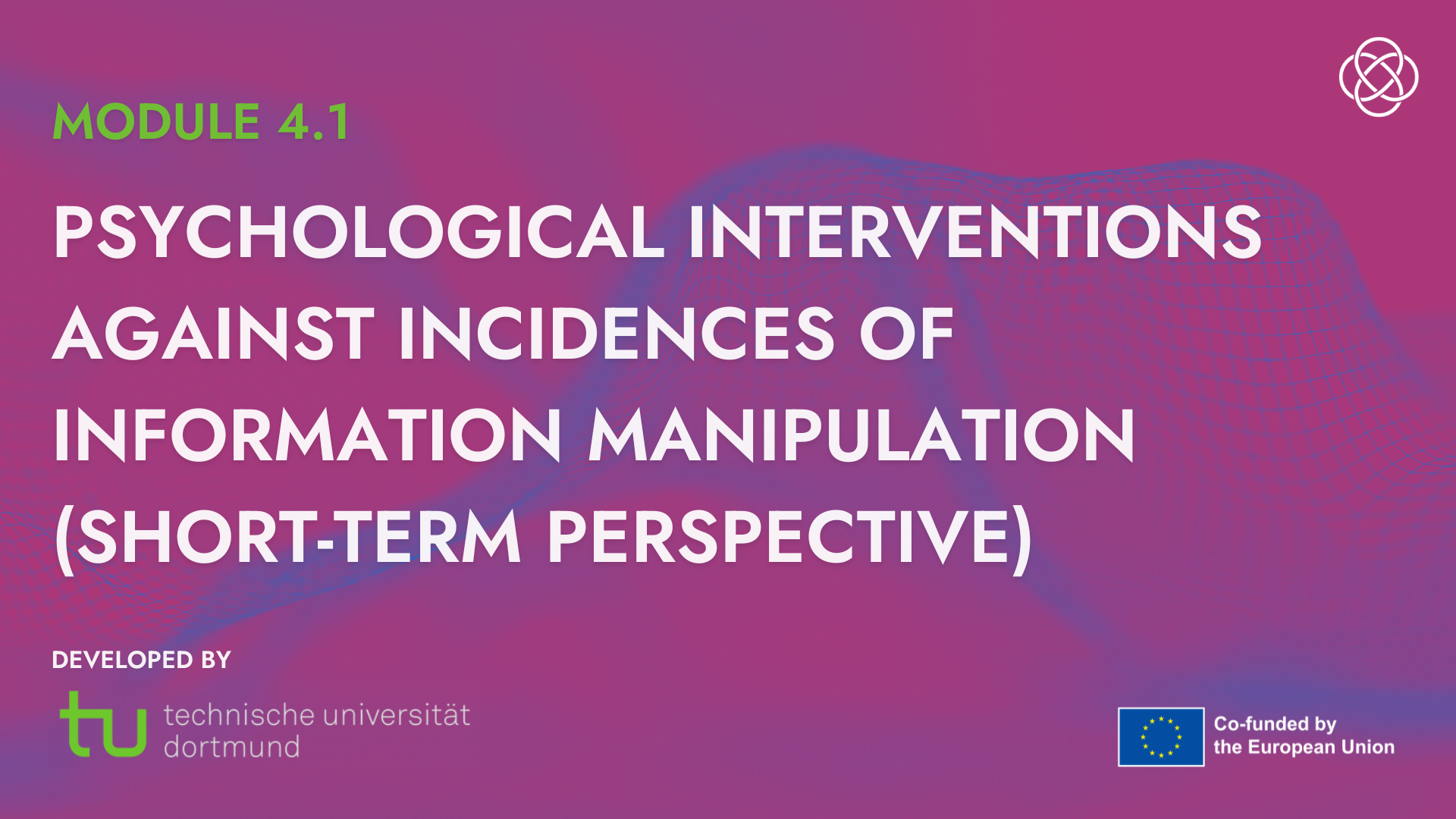Information Manipulation: An Introductory Online Course
🧠 What You’ll Learn
By the end of this course, you’ll be able to:
- Understand what different kinds of information manipulation look like and why they work.
- Spot common tactics like propaganda, conspiracy theories, and echo chambers in online media.
- Understand key factors, such as cultural, psychological, and social, that make manipulation effective.
- Use avaliable tools to unpack basic examples of coordinated influence.
- Reflect on the role individuals and institutions can play in resisting manipulation
🔧 Key details
-
This course is for everyone who has an interest in how information shapes society – no prior expertise required
-
There are 14 lessons in total. Each module is approximately 1.5-2 hours, with all reading included. This means a total of 25–30 total hours of study time.
- All resources are avaliable on this page. Check the course guide for details on each module and find the slides linked below.
📘 Course Resources
Course Guide (Link)
Explore the full course with the guide here, covering content and resources for all 14 lessons.
Course Glossary (Link)
Learn all of the terms you will use in the course.
Learn Together
The course is built with classrooms in mind, so there are multiple exercises designed for groups. Solo learner? No problem, the group tasks can also be done individually, though great to discuss what you find with others to hear different examples and perspectives.
Welcome to the ADAC.io Online Course on Information Manipulation
This course offers a structured and accessible introduction to how information is shaped, distorted, and circulated in today’s media environments. Developed by Dr. Timo Lenk (TU Dortmund University), the course brings together theory and real-world examples across 14 modules.
Module 1.1: Misinformation, Disinformation, and Malinformation
Learn the precise differences between these three, and why knowing them is key to protecting yourself, your community, and democratic debate.
Module 1.2: Propaganda
From war-time posters to viral memes, explore how propaganda works, how it’s changed over time, and how it continues to influence what we think and believe.
Module 1.4: Bullsh*t, Rumours, Systemic Lies, & “Shock-and-Chaos”
Some distort the truth carelessly, others do it deliberately to cause confusion or panic. We’ll explore these different tactics and how they can disrupt meaningful discussion.
Module 2.1: Post-Truth Culture
In this session, we look at the shift towards a “post-truth” environment in which subjective belief and emotion increasingly outweigh evidence and fact in public debate.
Module 2.3: “Cognitive Biases”
Our brains have systems to support us in processing the mass of information we receive every moment. We’ll explore the biases and shortcuts, such as confirmation bias and groupthink, that make us easy targets for manipulation.
Module 2.4: Social Networks and Echo Chamber Dynamics
How does false information go viral? This session looks at echo chambers, online networks, and how algorithms and social dynamics amplify what we want to hear.
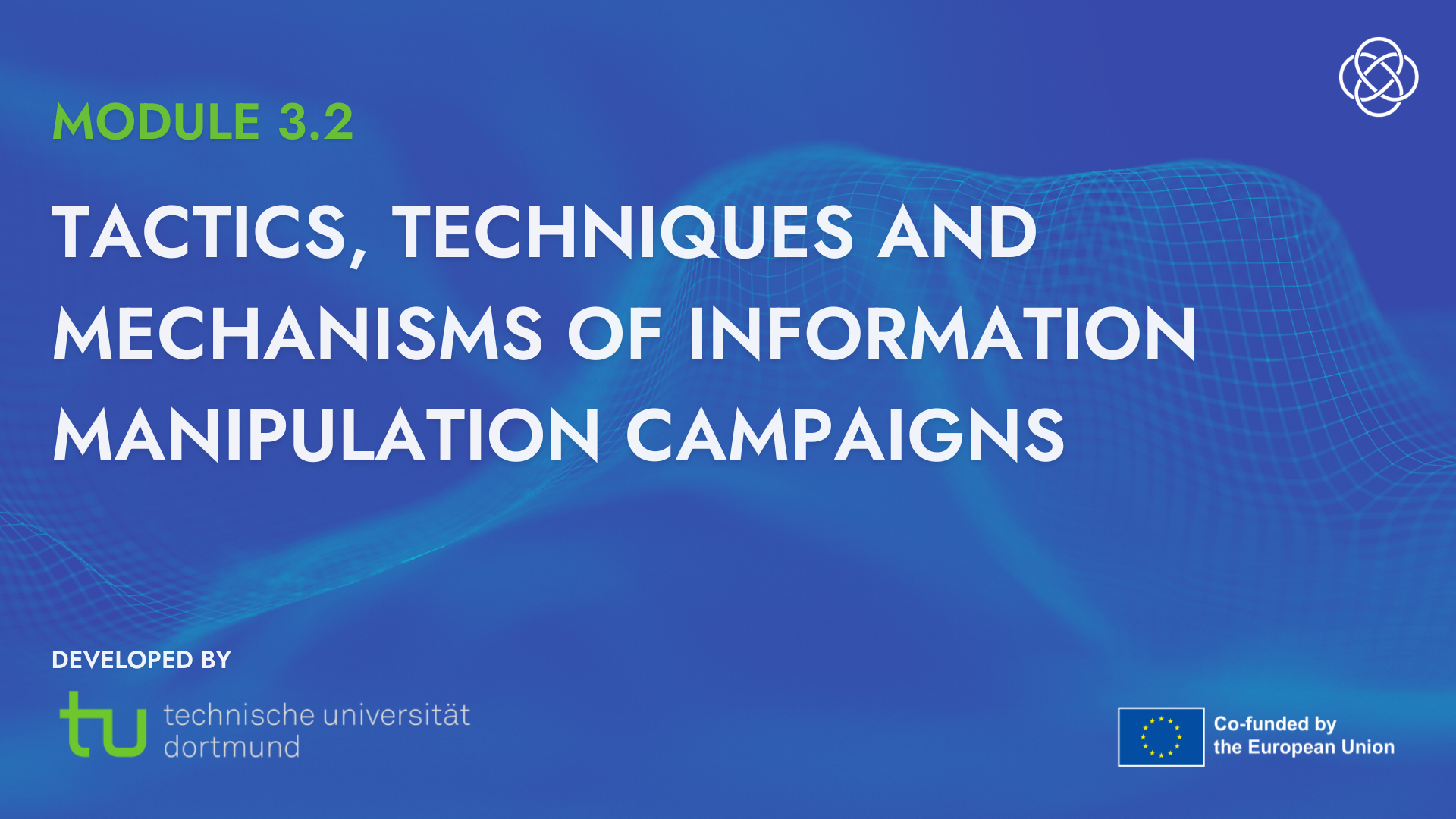
Module 3.2: Tactics, Techniques and Mechanisms
From fake profiles to orchestrated viral pushes, in this session we explore the methods behind high-impact manipulation efforts.
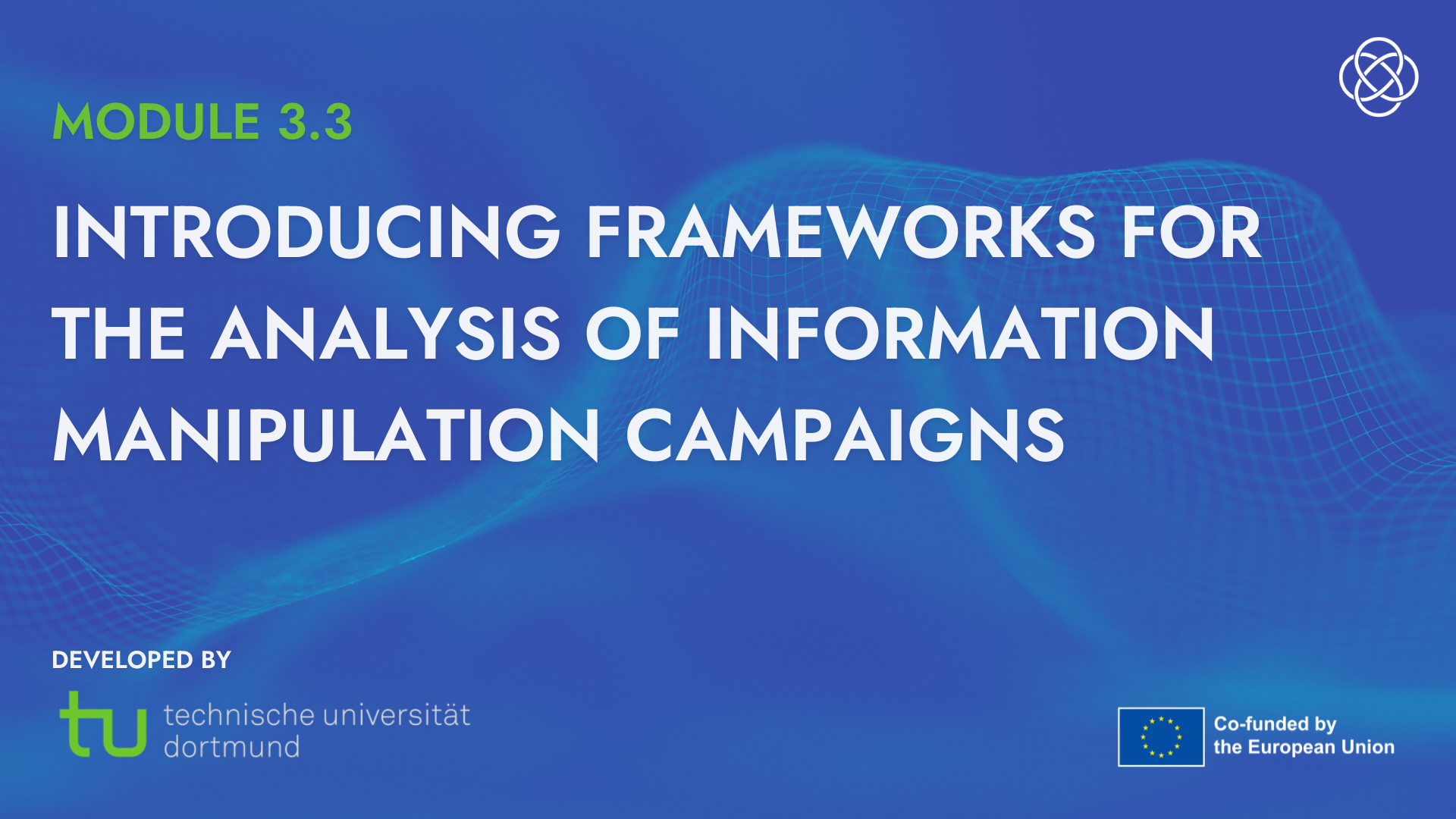
Module 3.3: Introducing Frameworks
Building on the methods used in manipulation, we look at the analytical frameworks that professionals use to break down and understand complex campaigns.
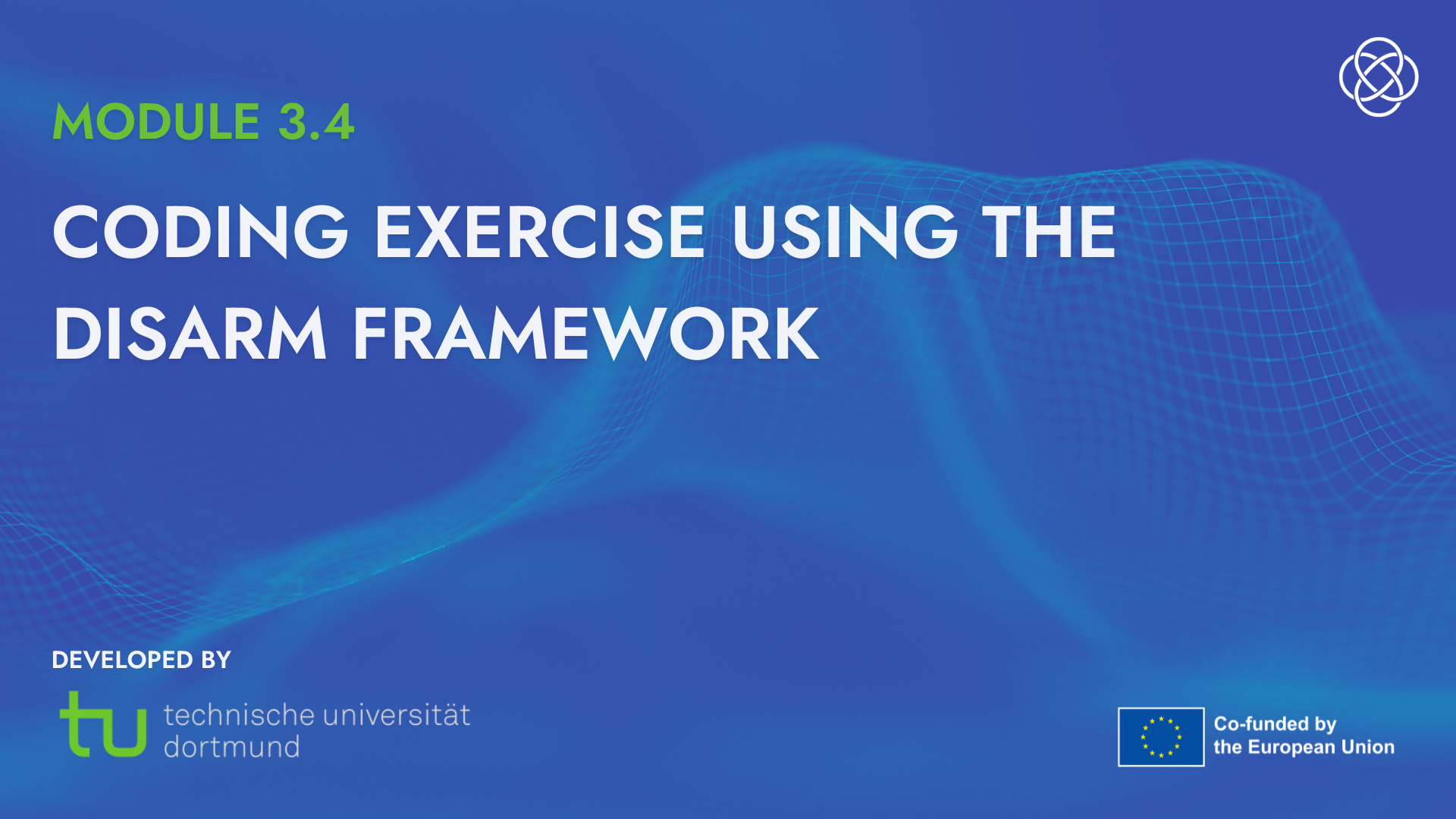
Module 3.4: Coding Exercise Using The DISARM Framework
Bring together your work so far and put theory into practice with this exercise where you will apply structured analysis to real-world examples.
Module 4.1: Psychological Interventions Against Incidences of Information Manipulation
In this penultimate session, we review methods such as debunking, pre-bunking, inoculation, and nudging as tools for mitigating the impact of false information.
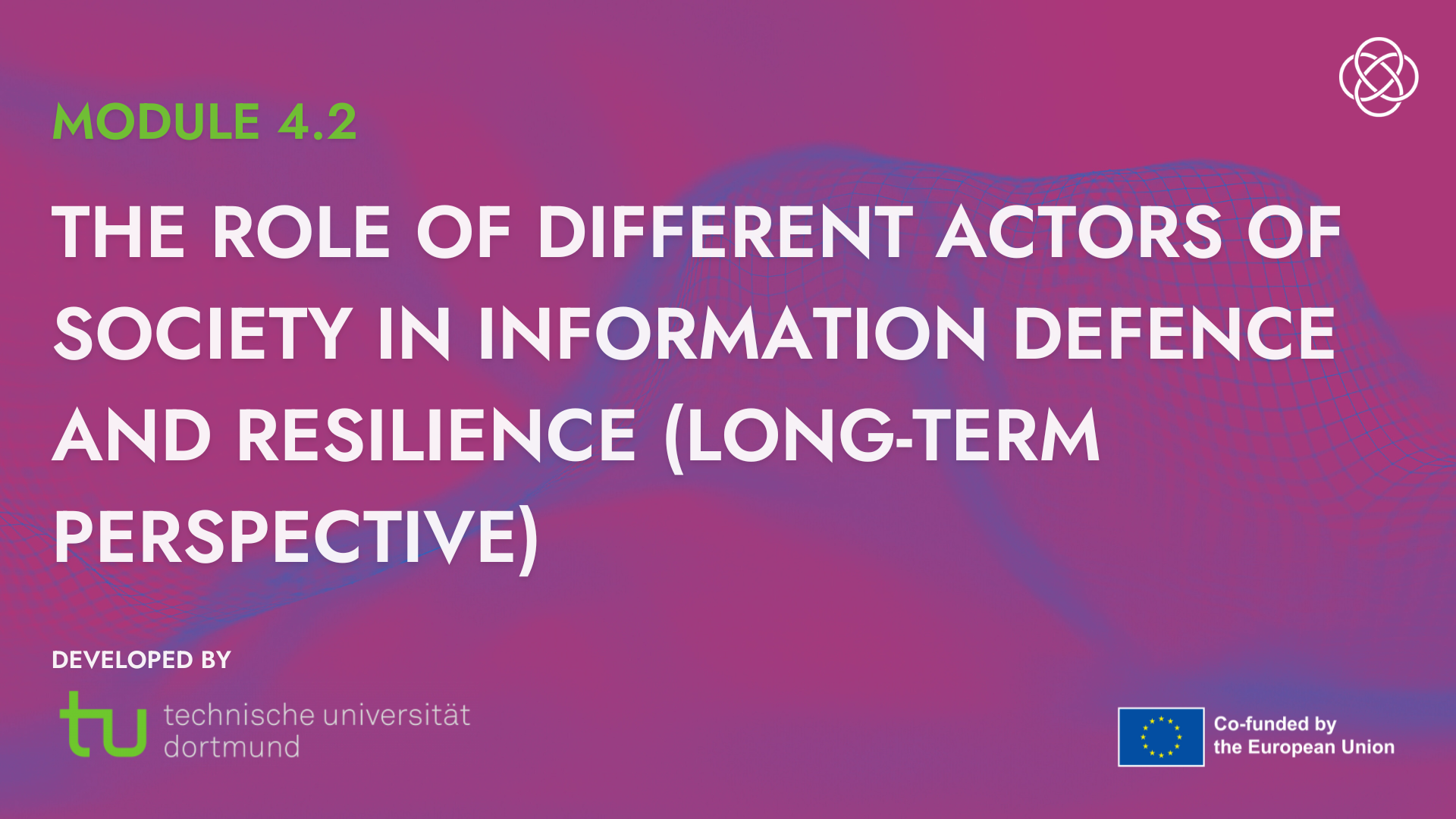
Module 4.2: The Role of Different Actors of Society in Information and Resilience
What roles do governments, educators, journalists, tech platforms, and everyday citizens play in working together to strengthen society’s defences against manipulation?
